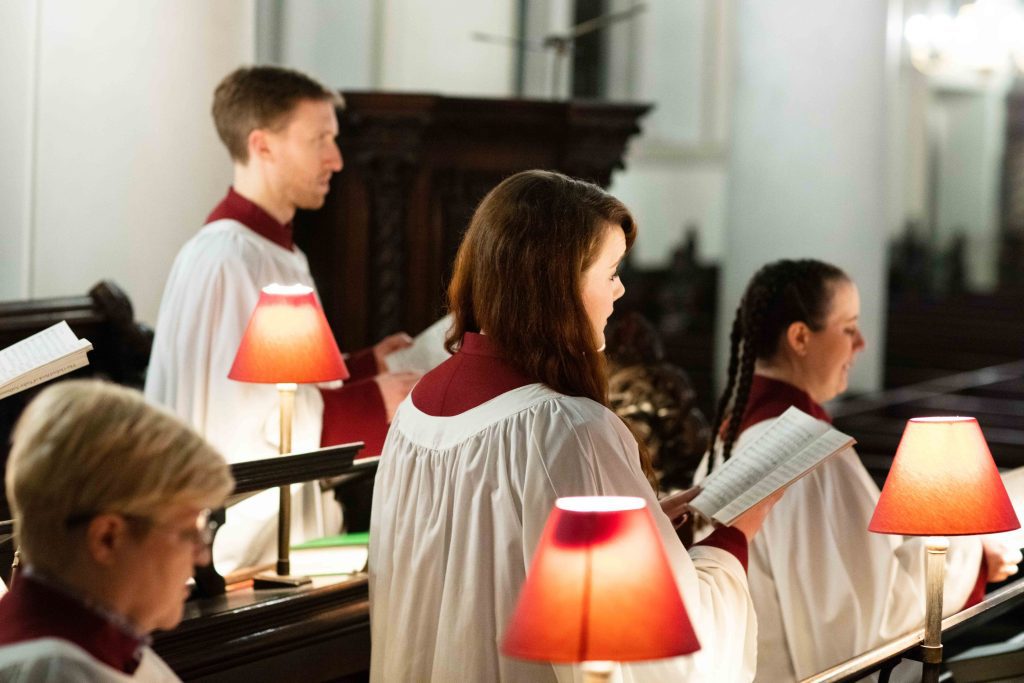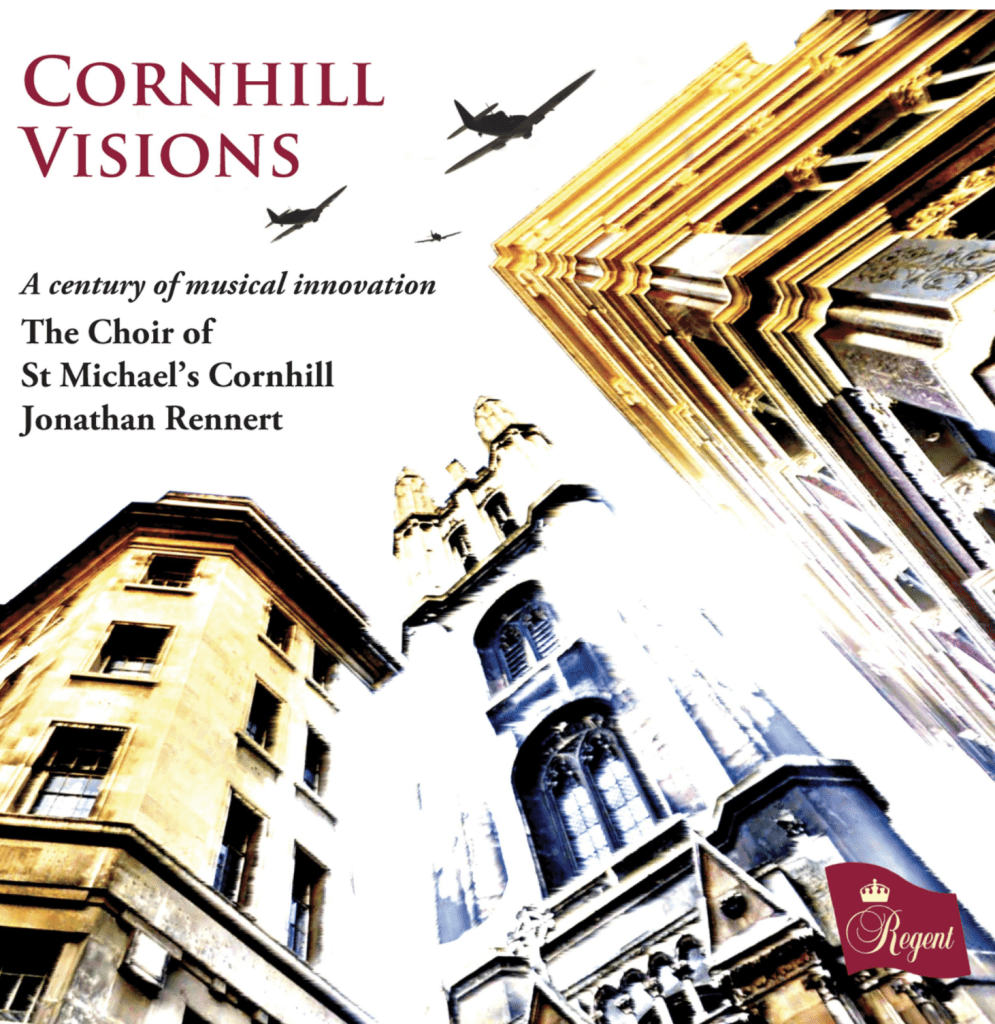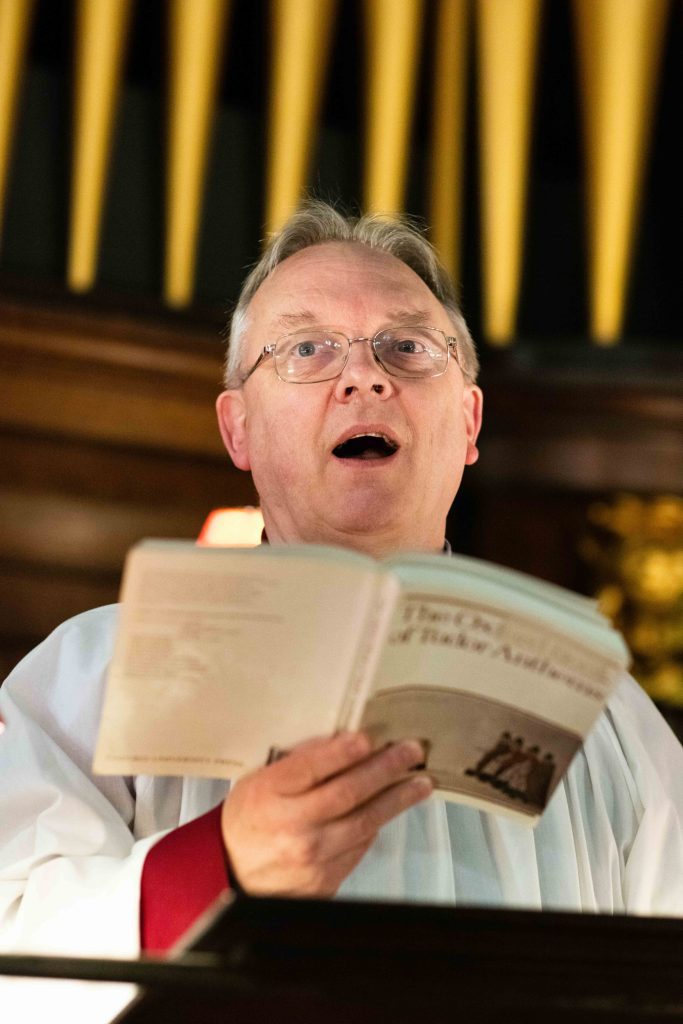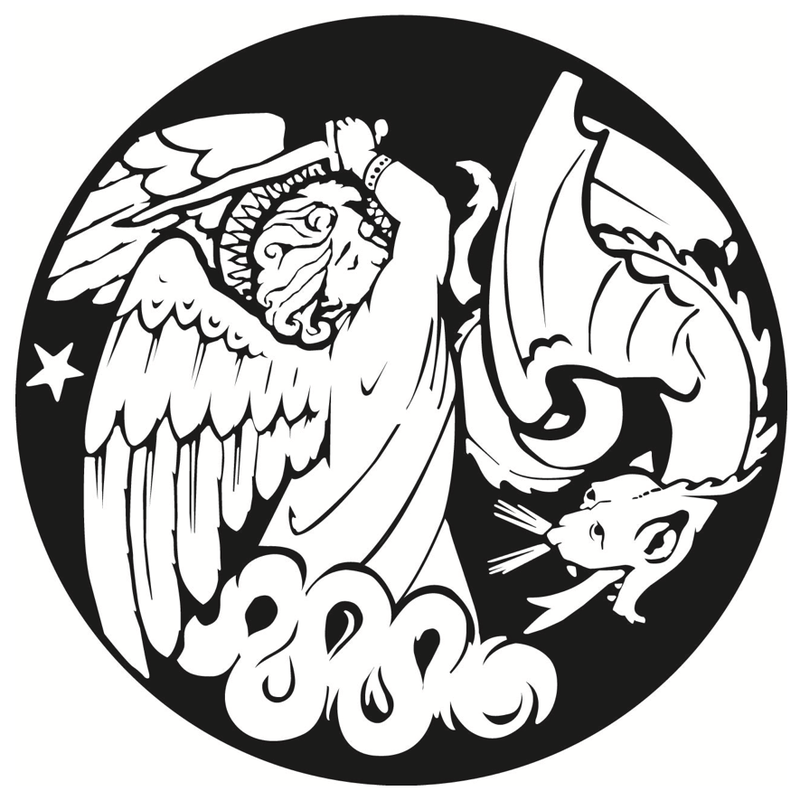
Choral services
St. Michael’s has maintained an extremely high standard of music-making for many centuries. It is now something of a rarity in combining traditional Anglican liturgy, superb music and Bible exposition.
Some choir members are post-graduates at music college; others are very experienced. The resonant words of the Book of Common Prayer and the King James Bible are reflected and enhanced by music sung by the choir. This ranges from fine anthems of the Tudor period to much-loved settings of the 19th and 20th centuries, and newly-commissioned works by our composer-in-residence.

Recording
During the past century, frequent recordings have been made of the choir and the organ, the latest album being recorded in May 2019. Former choir members at St Michael’s have gone on to prominent roles in the international musical world (for example, the international operatic baritone Gerald Finley, and the much-recorded counter-tenor Iestyn Davies), as well as in leading churches and cathedrals in the UK and overseas. We very much hope you will be able to come and hear the choir live. In the meantime, you might like to stream or purchase some of our on-line recordings.

650 years of fine music
In the year 1375, it was recorded that daily services in St Michael’s were sung by a choir of boys, priests and lay clerks. By the early 1500s the worship encompassed some of the most elaborate polyphonic choral settings of the day. We have records of the church’s organists since 1473, and the choirmaster’s contract of 1509.
A two-manual organ built by Renatus Harris was given its opening recital in 1684 by the composer Henry Purcell. The instrument has been enlarged several times, and moved from a west gallery to the east end of the church, but nine of the original ranks of pipes are still in use. In the eighteenth century, in the nearby Swan & Hoop Inn, Cornhill, the eight-year-old
Mozart was exhibited daily from twelve to three o’clock to anybody who could afford the 2s 6d admission charge.
The composer and Master of the King’s Music, William Boyce, was organist of St Michael’s for thirty-two years (1736-68), to be succeeded by Theodore Aylward (the Gresham Professor of Music). In the nineteenth century Richard Limpus founded the [Royal] College of Organists at the church, and it was here that the college’s early fellowship and associateship examinations were held. During the twentieth century St Michael’s had only four organists, of whom Harold Darke was in post for fifty years (1916-66). He is widely known for his carol In the bleak midwinter and his communion settings in F, E and A minor. He gave more than 1,800 of the Monday lunchtime recitals, and conducted the St Michael’s Singers. He was followed by Richard Popplewell (1966-79) and Jonathan Rennert, who has directed the music since 1979.
The church acts as a training-ground for young organists and singers, who move on to important roles in cathedrals and churches in the UK and overseas. It is also a magnet for composers. Music has been composed for first performance here by Ralph Vaughan Williams, Herbert Howells, Sir George Dyson, Sir Arnold Bax, Sir William Harris, William Mathias, Kenneth Leighton, Philip Moore, Sir Stephen Cleobury, Lord (Michael) Berkeley, Ruth Byrchmore and many others.
